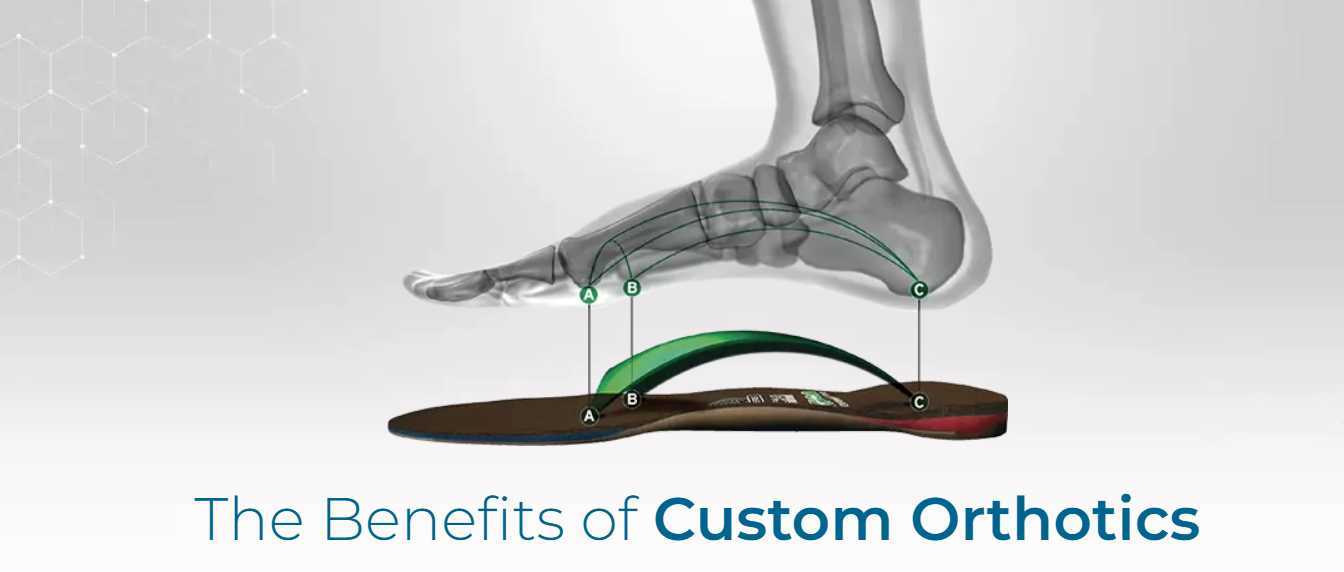
Have you looked at your feet lately? No, I mean REALLY looked at them? Take a minute, right now, and slip your shoes and socks off and look at your feet. Not sure what to look for? Start here:
1. Is your big toe straight? Does it turn in towards your other toes?
2. Is there a large bump at the base of your big toe? If so, is it panful at times? Or maybe all the time?
3. Examine the arch on the inside of your feet while you’re standing. Do they look the same from side to side? Is one foot “flat”? Does one foot turn out more than the other?
If you’re big toe isn’t straight, you have a bump at the base of the big toe and/or that same foot is turned out and the arch is lowered, you suffer from pronation. What is pronation you ask? Well, in simple terms it means the foot has lost the spring support of the inside arch causing your foot to roll in when you stand, walk or run.
A pronated foot can have profound impact on the biomechanics of the body. Without the “spring in your step” from a strong arch, your body will naturally recruit other muscles to help you walk and run, which in turn puts more stress on the joints of the ankle, knee, hip and lower back. Long term pronation has been linked to many conditions that people seek care for including plantar fasciitis, bunions, ankle pain, knee pain, hip pain, bursitis in the hip and low back pain. The more you abuse your body by stressing it with a pronated foot, the more problems you will likely have.
How do you fix a pronated foot? Good question! Let’s talk about that.
Many factors are involved in determining whether a pronated foot can be corrected or not. Primary points to consider are age, length of time the foot has been in pronation and the cause of pronation. In general terms, the older you are, the longer you have had pronation, the less likely it can be corrected.
In our experience, most people present with pronation long after the window for correction has closed. In that case, the best treatment for pronation is custom made arch supports. In our office, we use a 3D foot scanner to analyze and measure the arches of the foot. From this information, FootLevelers (the company we use for custom orthotics) can create a personalized prescription for insoles that will improve your arch quality and the biomechanics of the foot, ankle, knee, hip and low back.
The difference between the orthotics we recommend and other brands is significant! First, the orthotics are custom made for your feet, not simply someone like you. No two prescriptions are alike nor should they be! Second, our orthotics are flexible, supportive AND reduce shock on the foot and lower extremity. These qualities make the orthotics suitable for physical activity and help reduce discomfort in the joints of the lower extremity and low back. And lastly, they are designed to help stabilize the pelvis which reduces wear and tear on the low back, helps manage lower back pain and for chiropractic patients, it helps maintain better alignment for longer periods of time.
So, the last question is…when are you going to have your feet scanned?



